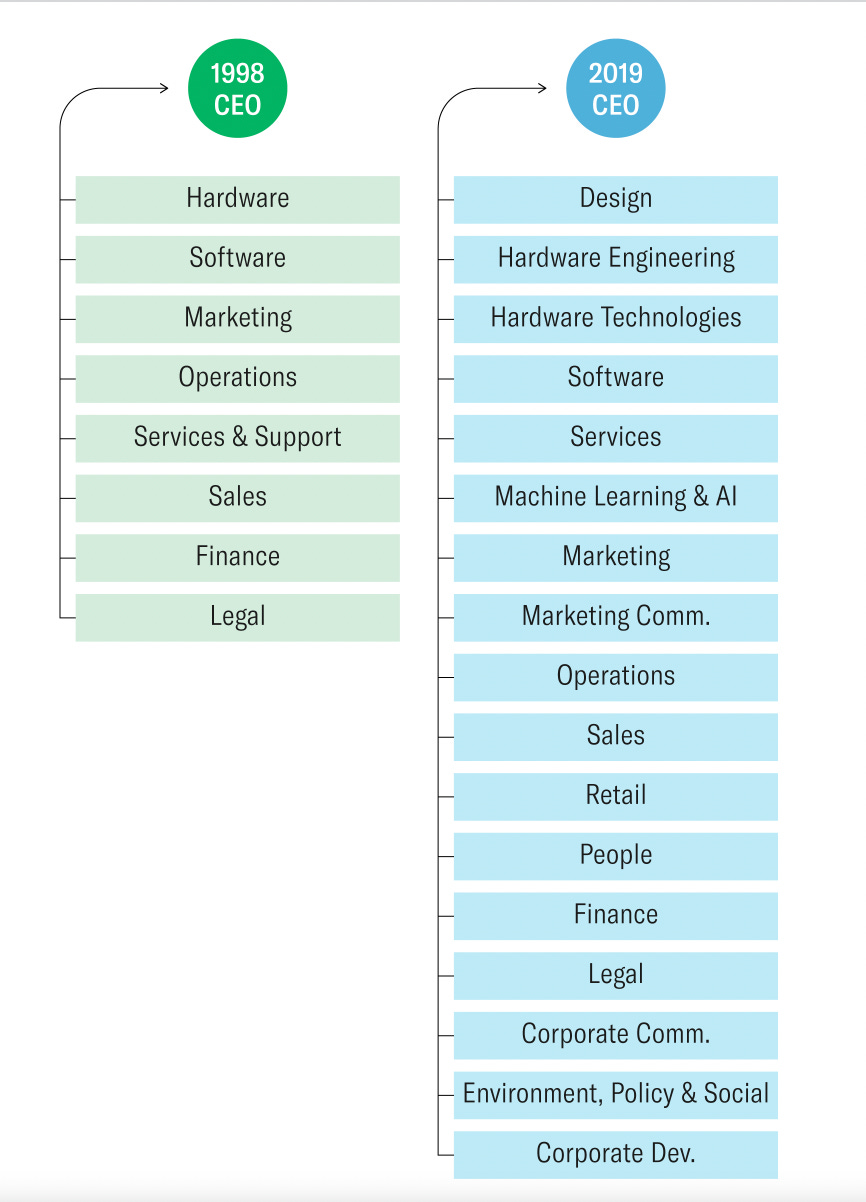How the sausage is made (and other fun stories)
How did you learn how to learn?
Thinking a lot about data storytelling, hiring, and early-stage infrastructure? We are too. Grab some time here and let’s chat.
The role of just about any knowledge worker is to make sense of countless inputs in order to produce an output that is greater than the sum of its parts. Whew, say that ten times fast.
Inputs = data sources, customer feedback, team feedback, experiment results, hypotheses, industry trends, macro trends, etc.
Output = a succinct story that illustrates a clear move-forward plan
We’ve talked a lot about the output (stories!) and have, recently, spent some time talking about all the inputs (data!). Let’s talk about that whole “making sense” part.
Once upon a time, we sat in a classroom and were presented with a (very) structured way to learn: curated reading, discussion, assignments, problem sets, etc.. This curriculum was designed for you by a professor and oftentimes leaves you in debt.
At work, you are expected to design your own curriculum. This is a skill that, in my opinion, is the ulimate superpower. How quickly can you navigate inputs, analyze their importance or significance, and begin to connect the dots? The people best at this consciously consider the role of their own biases. They recreate the classroom discussion by surrounding themselves with a team that asks questions and pokes holes. They test their knowledge by practicing and teasing drafts of their story to a small group.
The person who says he knows what he thinks but cannot express it usually does not know what he thinks.
- Mortimer Adler
Want to become a better storyteller? It’s not just about praciting in front of a mirror. It’s about challenging your learning habits and process.
Happy weekend,
Raman at Rhetoric
📚 What’s made me a better storyteller this week



